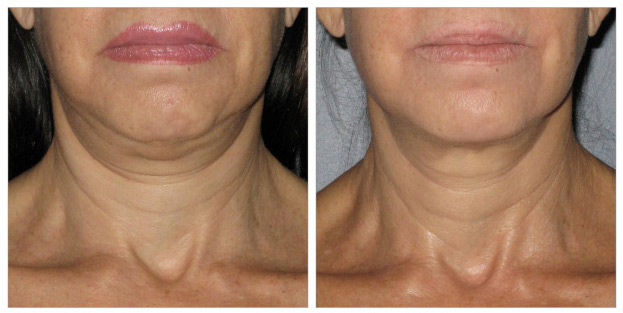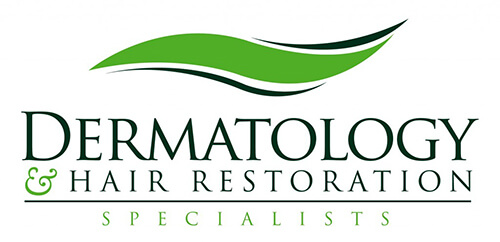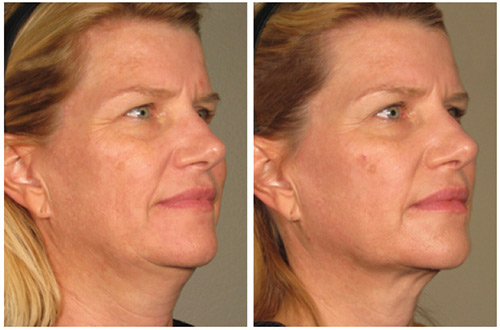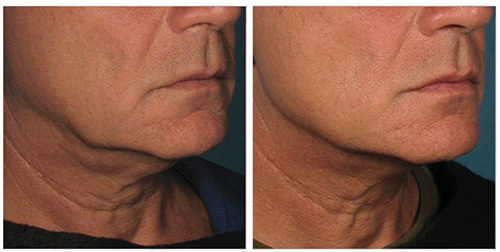
Ultherapy on Entertainment Tonight! from Ultherapy on Vimeo.
Laser Ultherapy Treatment by Dr. Ben Behnam
Ultherapy is ultrasound that is used to stimulate collagen production, thus improving sagging on the face and neck. Dr. Behnam does the procedure different than other doctors. Most people talk about how Ultherapy is painful. Dr. Behnam administers Demerol, a pain killer that makes the procedure much more tolerable. Also, he uses an alternating ice application technique. This is a technique where the patient applies ice on the area prior to treatment. It works really well and makes the procedure very tolerable In addition, Dr. Behnam uses a Zimmer chiller to cool down the skin. Using all of the above techniques, the procedure becomes much less painful and a lot more tolerable.
More pulses, better results:
Ultherapy is an ultrasound device that stimulates the collagen within the skin. Rectangular boxes are drawn on the skin, and certain number of pulses are performed in each rectangular box. Dr. Behnam always performs additional pulses (typically more than the company recommends) without any additional charges so that to ensure you get the best result from the treatment.
All procedures are performed by Dr. Behnam himself. For more questions, please call the office at 310.315.4989.
Click here to view our Ulthera Photo Gallery
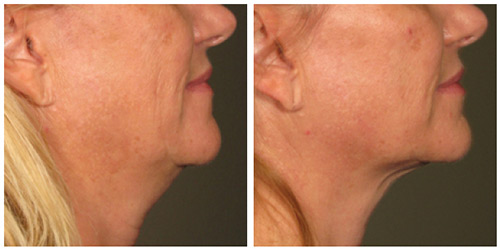
Non-Invasive Ultrasound Treatment
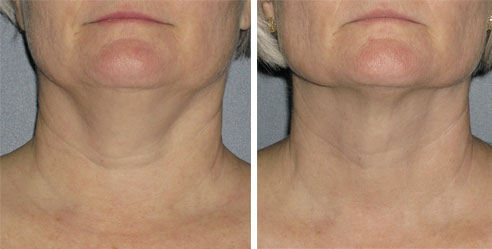
What is Ultherapy?
Ultherapy is the only non-invasive ultrasound treatment approved by the FDA for lifting the skin on the neck, chin and brow. Ultherapy uses focused ultrasound to lift and tighten loose skin over time, without any downtime.
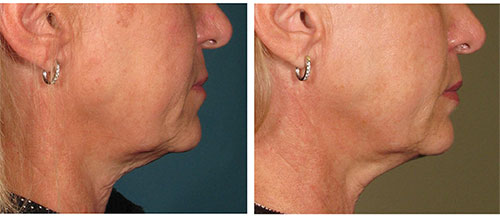
How is Ultherapy different from other cosmetic procedures?
Ultherapy is the only non-surgical cosmetic procedure that uses focused ultrasound to stimulate the growth of new collagen deep within the skin. The production of new collagen occurs over time, so results can become more apparent over three to six months. The procedure takes only about an hour for most patients, and there is no downtime.
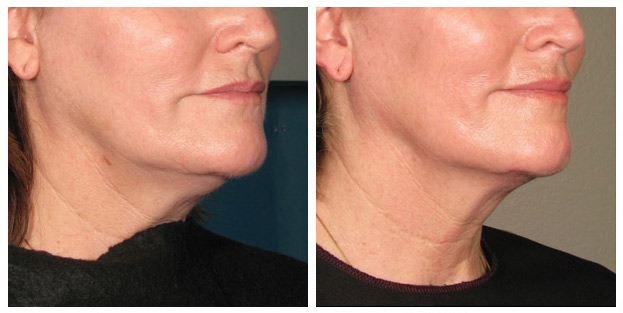
It also is the only procedure to use ultrasound imaging, which allows us to actually see the layers of tissue we target during the treatment and ensure the energy is deposited precisely to where it will be most effective.
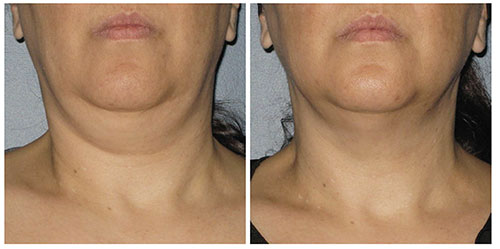
Does Ultherapy it hurt?
A recent software upgrade called “Ultherapy Amplify” now affords a more comfortable procedure. While comfort thresholds vary from patient to patient, most patients now report that the procedure is quite tolerable. If and when any discomfort does occur, it happens while the ultrasound energy is being delivered. This sensation is temporary and is a positive signal that the collagen-building process has been initiated.
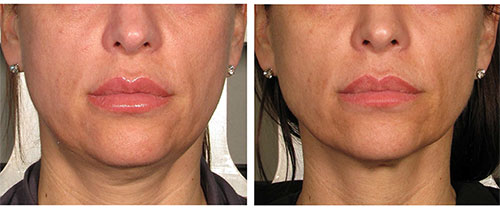
Tighten Loose Skin
We take measures to make the experience as pleasant as possible, such as premedication, and patients tell us they leave comfortable and excited about the benefits to come.
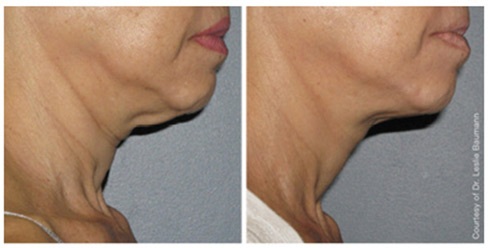
How long does Ultherapy it last?
Patients treated with Ultherapy still have fresh young collagen after a year’s time following the procedure, but skin continues to age. Future touch-up treatments can help keep pace with the aging process, which varies by individual.
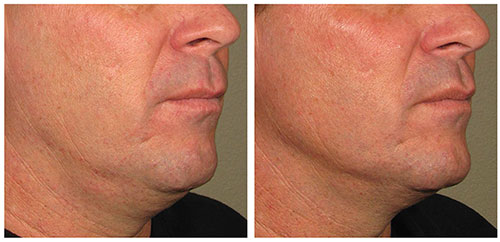
Are there any side effects to Ultherapy?
There may be slight redness for up to an hour or so following the treatment, and a small percentage of patients may have slight swelling, tingling or tenderness to touch, but these are mild and temporary in nature.
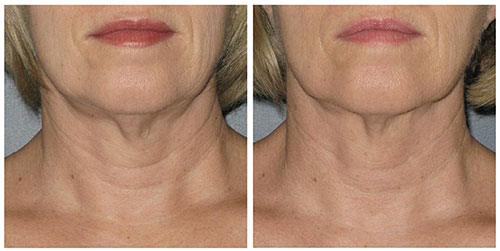
How much does Ultherapy it cost?
Patients can expect to pay between $1000 and $5000, depending upon the areas being treated. Ultherapy meets the demand for something between skin creams and surgery. A consultation at our office can give you a quote tailored specifically to you and your needs.
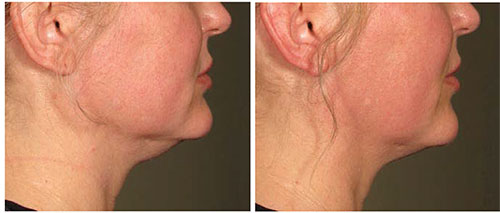
Is Ultherapy safe?
The procedure has been cleared by the FDA and Health Canada after demonstrating safety in clinical studies, and over 100,000 treatments have been performed safely worldwide. In addition, ultrasound energy has a proven track record, with use in the field of medicine for more than 50 years.
How many treatments does it take?
The majority of patients only need one treatment; however, some may benefit from more than one treatment depending on how much laxity they have and their body’s own biological response to the ultrasound and the collagen-building process.
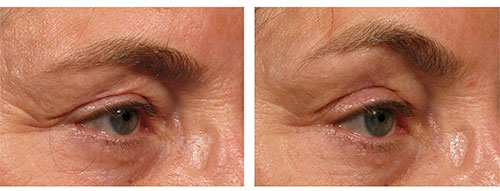
Who is a good candidate for Ultherapy?
A good candidate for Ultherapy is someone with skin that has some degree of laxity, to the point of looking, and often feeling, less firm. A lowered eyebrow line or sagging skin on the eyelids, for instance, is often the first sign of “maturing” skin. Loose skin under the neck and under the chin signals a patient might be a candidate. Typically, those in their thirties and older who have mild to moderate skin laxity are candidates.
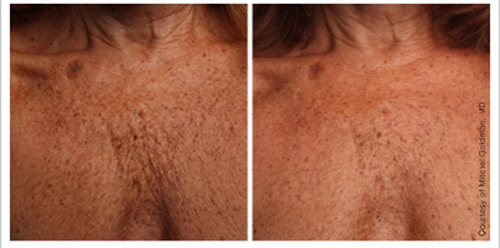
While Ultherapy is not a replacement for a surgical face lift, there are many people who want some lifting but are not ready for surgery, either mentally, physically or financially. There also are younger people who want to “stay ahead of the game” as well as those looking to prolong the effects of cosmetic surgery.
What about treating anatomical regions other than the face?
Currently, Ultherapy is a treatment for the face and neck with a specific clinical indication for lifting the skin on the neck, chin and brow.
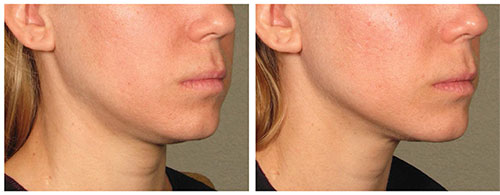
What does collagen do?
How does Ultherapy stimulate the creation of collagen? Collagen is a natural protein that gives skin its youthfulness by keeping it firmed and toned. As we age, collagen loses its strength and its ability to stand up to the effects of gravity that pull the skin downward. Ultherapy uses focused ultrasound to generate a thermal affect under the skin. The thermal affect essentially jumpstarts a repair process that strengthens existing collagen and produces fresh, new collagen.
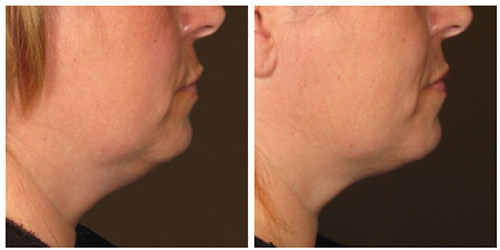
Can men have it done?
Yes! Both women and men globally are receiving Ultherapy.
